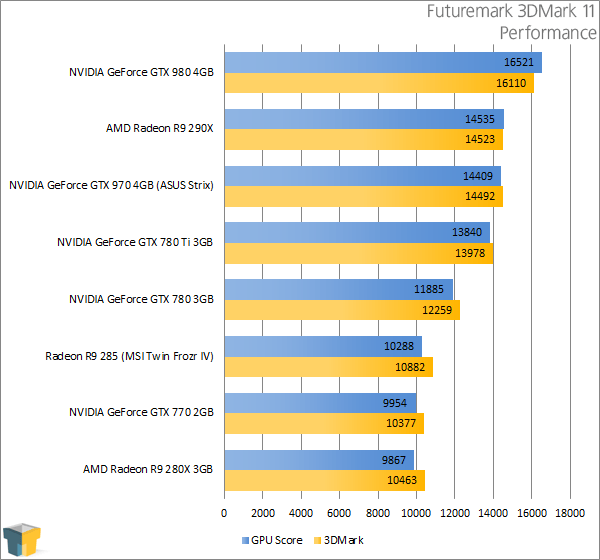

The GPU connected to the display manages the sync technology. Monitors supporting G-Sync and FreeSync are of particular importance for consideration when running SLI or CrossFire. Adaptive synchronization technologies have helped to mitigate this phenomenon. jumping from a 16ms render to a 30ms or 40ms render time (or worse). Micro-sutter is observable as a result of disparate frame-time gaps, where the time between frame renders is inconsistent enough that the user can perceive a jarring difference – e.g. In these situations, disabling one of the two GPUs (but leaving the GPU physically installed) will reduce or eliminate micro-stutter, but then you're only getting half the investment outputting – certainly an unwanted situation. Micro-stutter can be so extreme in some games and driver sets that SLI becomes undesirable, even if average FPS is improved over single-card configurations. GPUs render alternating frames when using the AFR technique more explicitly, GPU A will render all odd frames (1, 3, 5, 7) while GPU B renders all even frames (0, 2, 4, 6). SLI and CrossFire are also historically prone to micro- stuttering as a result of their dual-processing technique (normally AFR, or alternate frame rendering).

It's almost always better to buy a newer, single card once that happens, as the spiked prices are hardly sane or good value. Almost every time a card exits official production, prices spike on retailers and second-hand markets. Also in that scenario, we'd always recommend buying that second card (if truly desired) before it exits production. In the event of the first scenario – where the user already owns one GTX 970 and is considering a second – the value considerations are different and will be discussed only in the conclusion. There are two primary scenarios where SLI or CrossFire are used: A later upgrade when half the configuration is already owned and a day-one, brand new build. That makes the value comparison clean and easy, no waffling between price. We're also assuming a joint price of ~$660 - $700 for two GTX 970s (non-liquid), which puts them effectively at a head-to-head price bracket. For this test, we're assuming a baseline price of $650 - $660 for a single 980 Ti (MSRP is $650, which is where most non-liquid cards fall). The “Hybrid” cards drive price up a little higher than the average for a 970 SLI or 980 Ti single card setup.


 0 kommentar(er)
0 kommentar(er)
